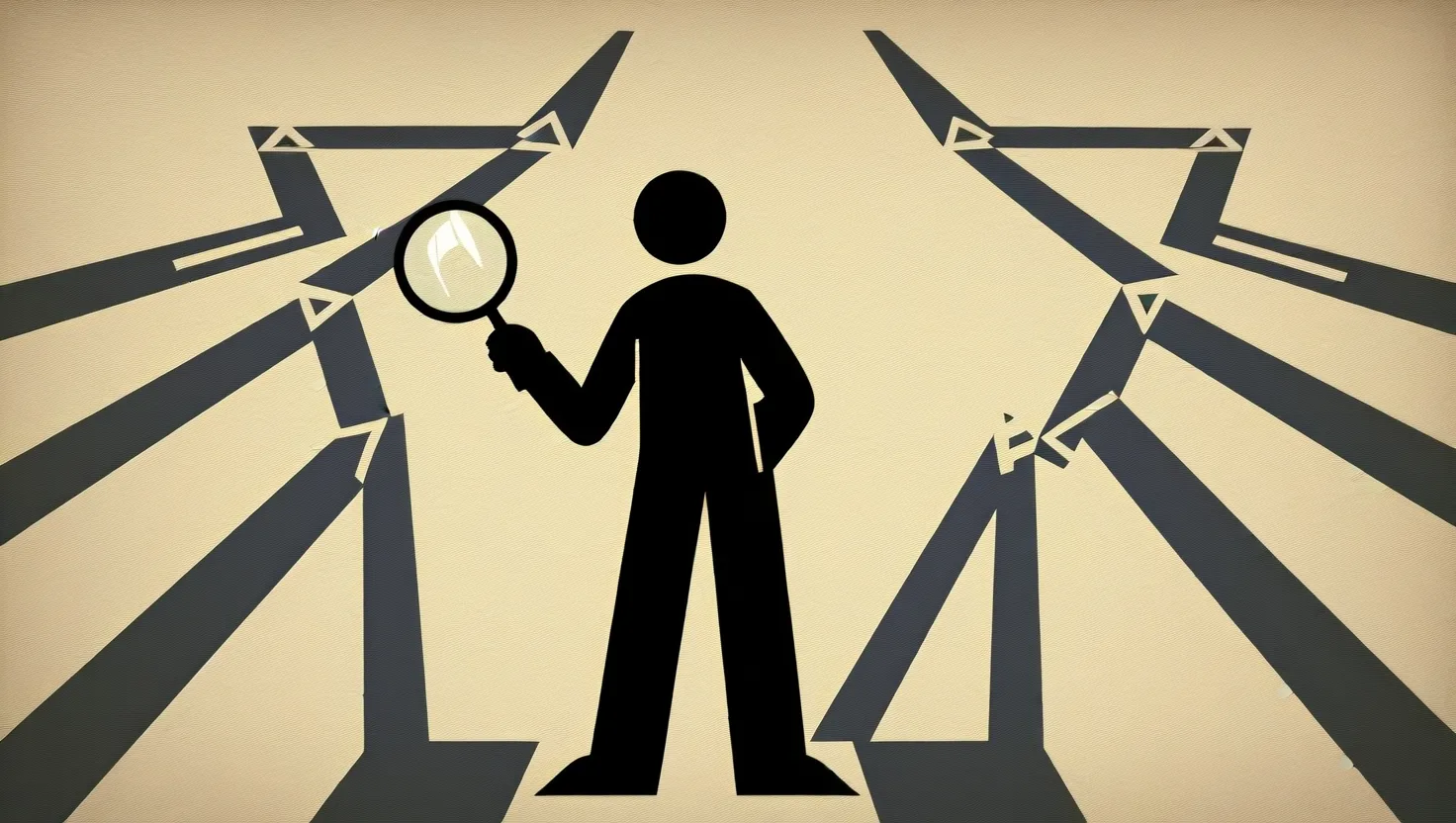Nassim Nicholas Taleb’s concept of antifragility offers a revolutionary perspective on how we can thrive in an unpredictable world. As I delved into his book “Antifragile: Things That Gain from Disorder,” I found myself questioning many of my long-held assumptions about risk, success, and resilience.
The core idea is deceptively simple yet profound: some things actually benefit from shock, volatility, and disorder. While fragile systems break under stress and merely robust ones resist change, antifragile systems grow stronger when faced with chaos and uncertainty. This insight can transform how we approach challenges in our personal lives, careers, and society at large.
“The resilient resists shocks and stays the same; the antifragile gets better.”
One of the key strategies Taleb advocates is embracing volatility rather than trying to avoid it at all costs. This runs counter to our natural instinct to seek comfort and stability. But by intentionally exposing ourselves to small, manageable stressors, we can build our capacity to handle larger challenges.
How might you introduce controlled volatility into your own life to become more antifragile?
For example, varying your exercise routine, taking on stretch assignments at work, or engaging in debates on unfamiliar topics can all serve as forms of beneficial stress. The key is to start small and gradually increase intensity over time.
Another crucial element of antifragility is redundancy. In our efficiency-obsessed culture, we often try to optimize systems by eliminating perceived waste. But Taleb argues that apparent redundancies often serve as vital safeguards against catastrophic failure.
“Nature loves redundancy. Look at the human body, replete with spare parts.”
In practice, this might mean maintaining larger emergency savings than conventional wisdom suggests, cross-training employees across different roles, or diversifying investments beyond standard allocations. While this approach may seem inefficient in the short term, it provides invaluable protection against unforeseen shocks.
Closely related to redundancy is the principle of limiting downside. Taleb emphasizes the importance of establishing clear boundaries on potential losses while keeping the upside unlimited. This asymmetry allows us to benefit from positive Black Swan events - rare, high-impact occurrences that are impossible to predict.
For individuals, this could involve setting strict stop-loss limits on risky investments or carefully defining the scope of new projects to prevent cost overruns. At a societal level, it might mean implementing circuit breakers in financial markets or maintaining strategic reserves of essential resources.
“Antifragility is beyond resilience or robustness. The resilient resists shocks and stays the same; the antifragile gets better.”
Perhaps counterintuitively, Taleb also advocates for a via negativa approach - focusing on removing harmful elements rather than adding new solutions. In many cases, eliminating negative factors can be more impactful and less risky than trying to implement complex fixes.
This principle can be applied in areas ranging from health (cutting out processed foods) to productivity (reducing distractions and unnecessary meetings) to decision-making (avoiding common cognitive biases). By subtracting detrimental influences, we often find that positive outcomes emerge naturally.
What aspects of your life or work could benefit from simplification or elimination rather than further additions?
Finally, maintaining optionality is crucial for antifragility. Instead of committing firmly to single paths, Taleb suggests keeping multiple possibilities open. This provides the flexibility to adapt to changing circumstances and capitalize on unexpected opportunities.
In practice, this might involve developing a diverse skill set, cultivating a wide professional network, or maintaining liquid assets that can be quickly redeployed. While specialization can be valuable, having options allows us to pivot when necessary and reduces our vulnerability to disruption.
“Optionality is the property of asymmetric upside (preferably unlimited) with correspondingly limited downside (preferably tiny).”
As I reflected on these strategies, I realized how often we unconsciously make ourselves more fragile. We seek comfort and predictability, streamline systems to maximize efficiency, and commit ourselves fully to particular paths. While these approaches may seem logical in stable times, they leave us dangerously exposed when facing the inevitable volatility of life.
Implementing antifragile principles requires a significant shift in mindset. It means embracing uncertainty rather than fearing it, viewing challenges as opportunities for growth rather than threats to be avoided. It involves prioritizing long-term resilience over short-term optimization and being willing to accept small, regular stresses to build greater strength.
This approach isn’t always easy or comfortable. Intentionally introducing volatility into our lives can feel counterintuitive and even anxiety-inducing at first. Maintaining redundancies and open options may seem inefficient or indecisive. And the via negativa strategy of removing rather than adding often goes against our instinct to actively “solve” problems.
Yet the potential benefits of antifragility are immense. By applying these principles, we can build systems - whether personal, organizational, or societal - that don’t merely survive in the face of shocks and disorder but actually grow stronger. We become more adaptable, more resilient, and better positioned to thrive in an increasingly unpredictable world.
How might adopting an antifragile mindset change your approach to risk-taking and decision-making?
As I’ve experimented with incorporating these ideas into my own life, I’ve noticed subtle but meaningful shifts. I find myself more willing to embrace challenges and step outside my comfort zone, knowing that these small stresses contribute to long-term growth. I’ve become more thoughtful about building in redundancies and safeguards, even if they seem unnecessary in the moment.
Perhaps most importantly, I’ve developed a greater sense of calm in the face of uncertainty. Rather than anxiously trying to predict and control every outcome, I focus on building systems that can adapt and even benefit from the unexpected. This has been particularly valuable in navigating the turbulence of recent years.
Of course, becoming antifragile is an ongoing process rather than a fixed state. It requires constant vigilance against the creep of fragility and a willingness to reassess our approaches as circumstances change. But by internalizing these core principles, we can gradually transform our relationship with risk, uncertainty, and change.
Taleb’s ideas challenge us to reconsider many of our basic assumptions about how to succeed and thrive in a complex world. While not every aspect of his philosophy will resonate with everyone, the core concept of antifragility offers a powerful framework for building greater resilience and adaptability.
As we face an increasingly volatile future, cultivating antifragility - in ourselves, our organizations, and our societies - may be one of the most valuable investments we can make. By learning to gain from disorder rather than merely surviving it, we open ourselves to extraordinary possibilities for growth and transformation.
What small step could you take today to begin building more antifragility into your life?






